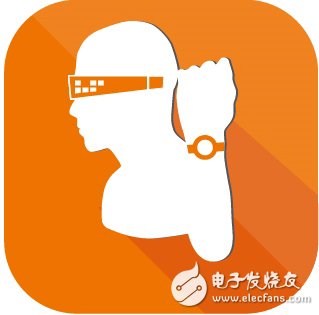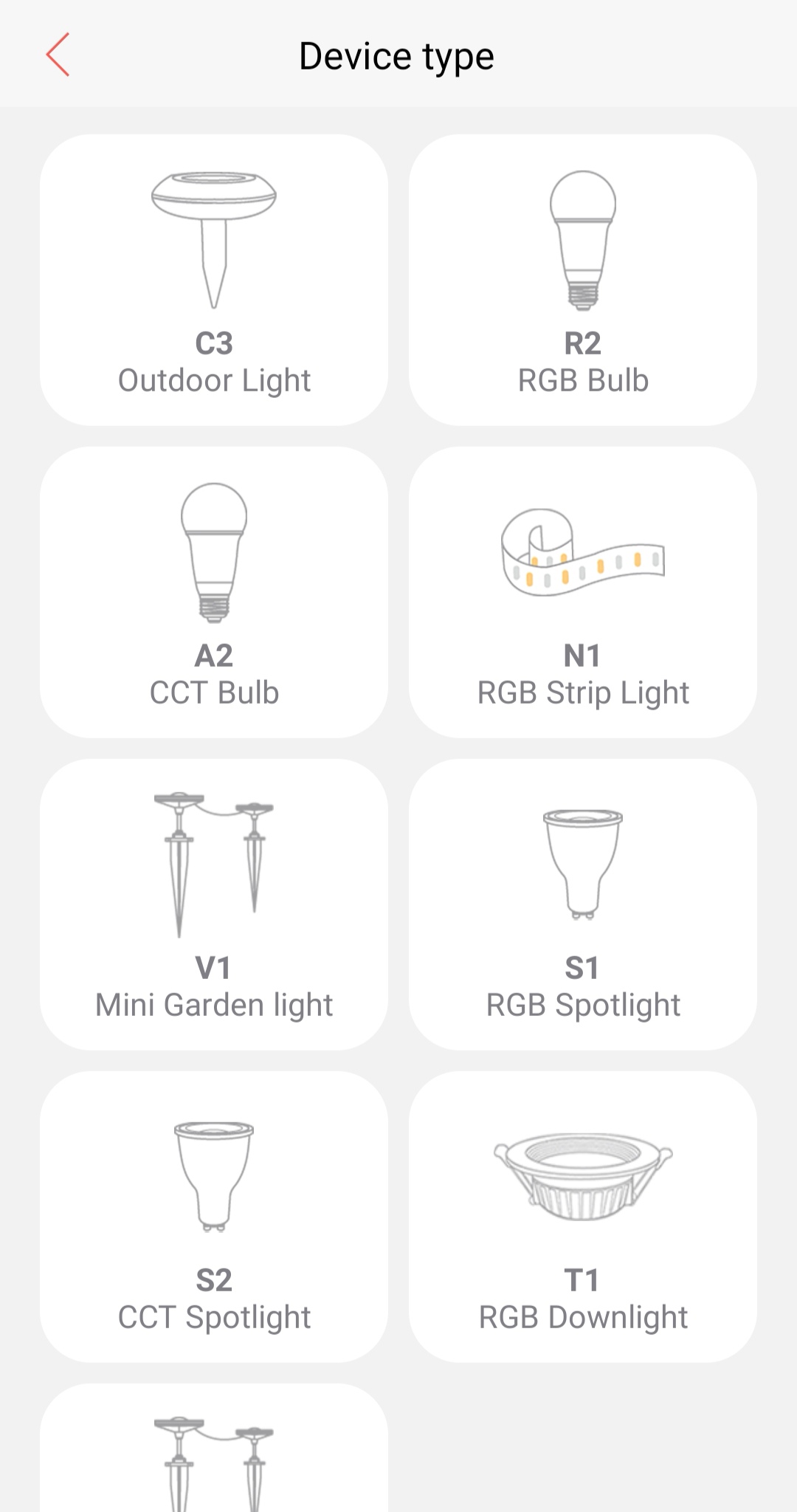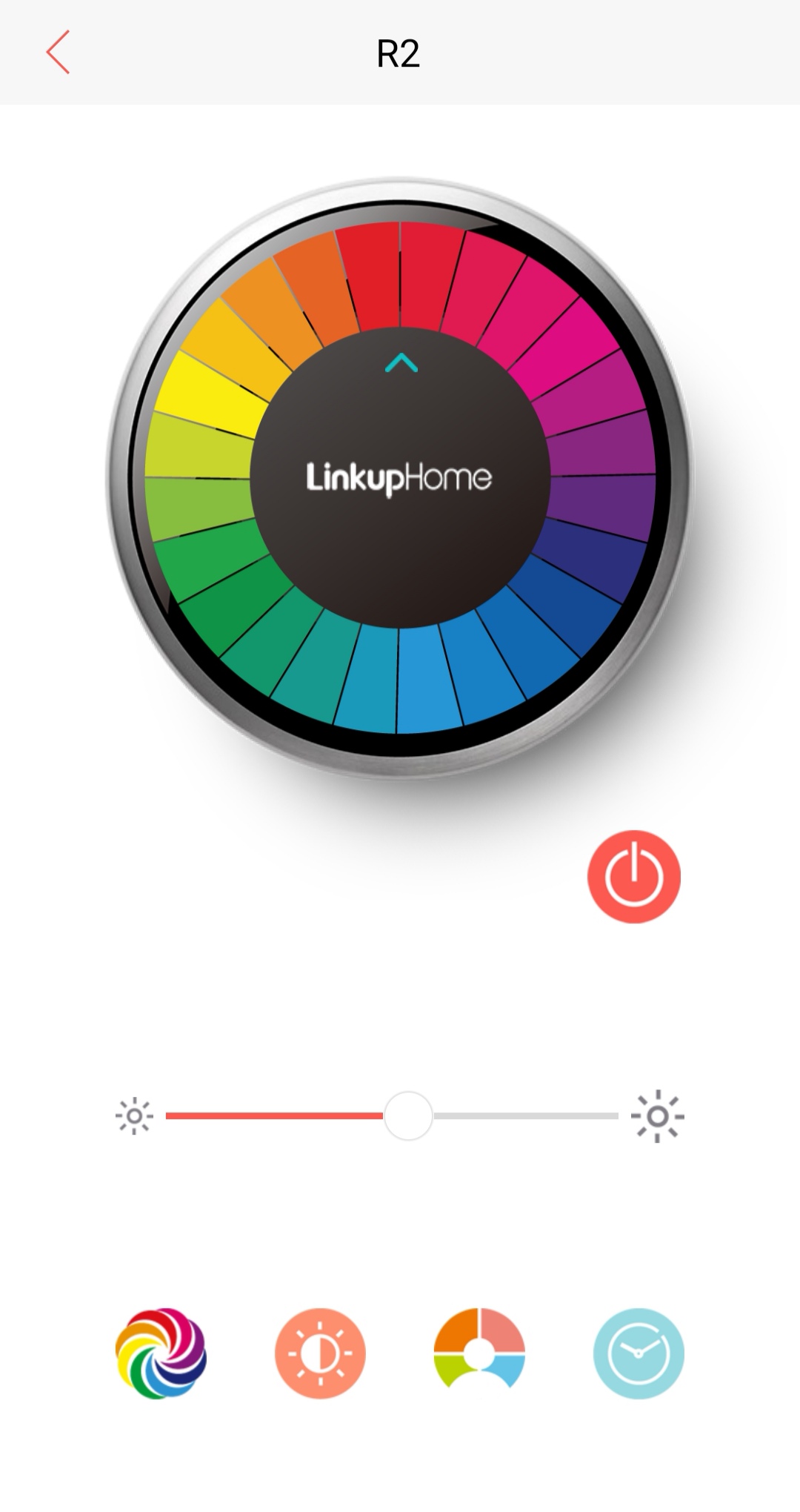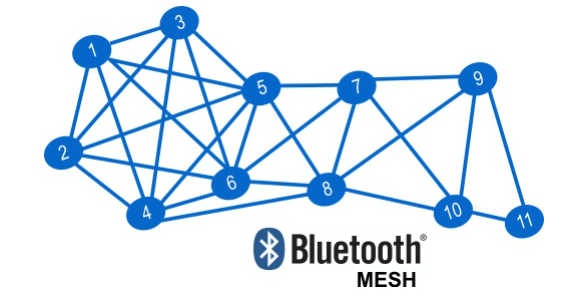Wearable devices are a hot spot nowadays. Compared with smart phones, wearable devices are smaller in size, and their chips require small size, low power consumption, and high integration, which is currently a challenge for chip manufacturers. Therefore, despite the “prosperity†of wearable devices, there are still several familiar figures behind the main chip makers.
Missed smart phone market Intel, Intel is active in wearable devices, launched Edison chip, upgraded process to produce 10 nanometer wearable chip; Qualcomm following the market announced the launch of related chips soon, as an extension of mobile phones, Qualcomm believes that mobile phones can be done Do a good job of wearing equipment. MediaTek and Broadcom are more likely to use their strategic and technical advantages on smart phones for wearable devices. The former continues to replicate the “turnkey project†of smart phones, while organizing application innovation communication communities for users; the latter focuses on wireless connectivity. , building a WICED platform. In spite of the different strategies of various manufacturers and the release of chips for wearable devices, providing an integrated solution platform, lowering the development threshold, shortening the time to market, and assisting in the innovation of wearable device applications has become a consistent goal of chip providers.

Four major manufacturers layout
At this year's CES show, Intel announced Edison, a new computing chip for ultra-small and low-power IoT devices and wearable devices. It has built-in WiFi and Bluetooth connectivity, flexible and expandable I/O capabilities, and support for Linux. And open source software, is expected to be listed in the middle of the year. Edison is based on 22nm technology. In May of the same year, Intel said it would upgrade the wafer factory in southern Israel to produce 10nm chips for products such as wearable devices. At Computex 2014 Taipei Computer Show, Tom Foldesi, senior director of Intel's Intelligent New Devices Division, said that from the perspective of the industry chain ecosystem, it will quickly push users through the construction of breakthrough reference designs. At the same time, he also stressed that Intel will Promote product development concepts and innovate and guide customers.
Although the internals have long indicated that they are keeping up with the wearable device market, Qualcomm does not currently have a chip release for wearable devices. In May of this year, Eddie Chang, president of Qualcomm Taiwan, said that he is ready to design and produce the wearable device processor, and it is expected to be back soon. The new CEO, Steve Morenkopf, believes that wearable devices are similar to tablets, and are an extension of smartphones. In response to MediaTek, Qualcomm introduced a reference design on its mobile phone and is now expected to introduce 4G. With the development of wearable devices, Qualcomm will push the wearable reference design. Qualcomm also proposed that "the sixth sense of digital" is the main direction of innovation in wearable device applications.
In April, MediaTek showed Aster, the industry's smallest wearable solution, 5X5mm, integrated with microcontrollers, Bluetooth, control panels, cameras, flash memory, DRAM (dynamic random access memory), and peripheral sensor inputs. Output Interface. In June, MediaTek released the LinkIt development platform to help promote the development of wearable and IoT applications, provide a complete reference design, highly integrated microprocessor and communication modules, and provide a variety of networking features to simplify the development process, allowing developers to more Focusing on product appearance, innovative features and related services; in the same month, MediaTek Labs will release the MediaTek Labs Developer Community Program, and MediaTek Labs will help application developers and device manufacturers launch innovative solutions.
The lamp is equipped with a solar panel, so the gardenspots can be charged by solar energy. As long as there is sunlight, the lights can be charged automatically, it`s very environment friendly. With the timing function, users can turn on and turn off the garden spotlight by App. The mini garden spotlight will decorate your garden as stars, turn off in the day and turn on at night.
Smart mini garden spot light, 9 pcs for 1 kit, two power versions are available, with a driver, solar panel and 10 meters cable. The mini garden spot light has both lighting and RGB colorful lighting mode, the angel of lamp head can be changed. Lamp body is waterproof IP66, rainproof and dustproof. It can be easily inserted on lawns, gardens and beaches.
The light color, brightness, cycle mode and timing can be controlled by App.The App is developed on the most advanced Bluetooth Mesh technology. [LinkupHome" App can be downloaded in the App store or Google Player, then you can control our product without any complicated steps. The App is stable, easy control and multifunctional.


The advantages of Bluetooth Mesh are fast connected, low power consumption, no password required and Ad-Hoc Network. No need WIFI and hubs, as long as you have a Bluetooth-enabled smartphone, you can experience the smart light. When you install several smart gardenspots, the self-organizing network function can make the signals free connected, break the limitation of distance.

Solar Panel Power Outdoor Light
Solar Powered Outdoor Lights,Outdoor Solar Lights,Rgbw Outdoor Strip Light,Solar Panel Power Outdoor Light
Ningbo Homey Photoelectric Technology. Co., Ltd , https://www.linkuphome.com